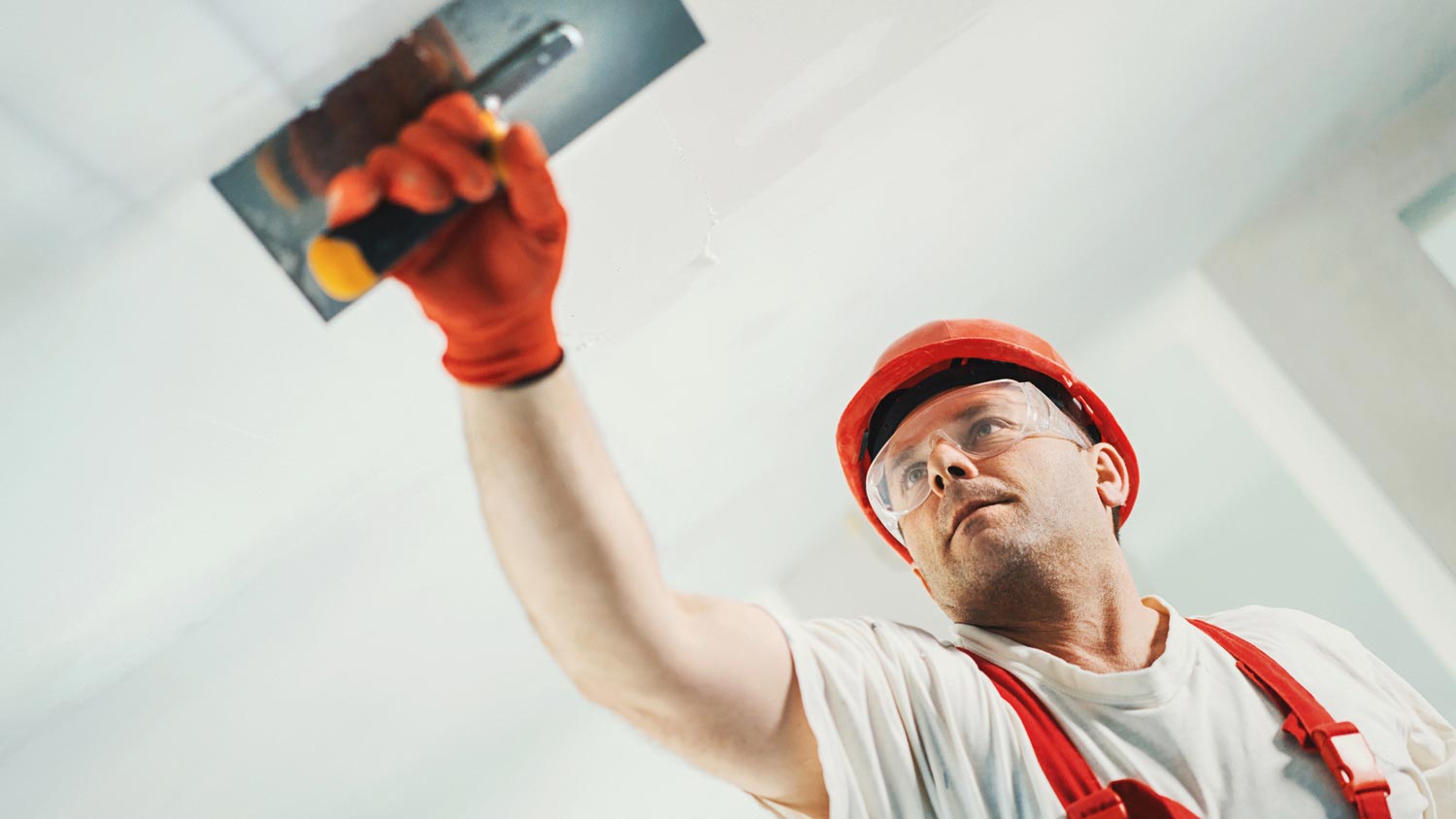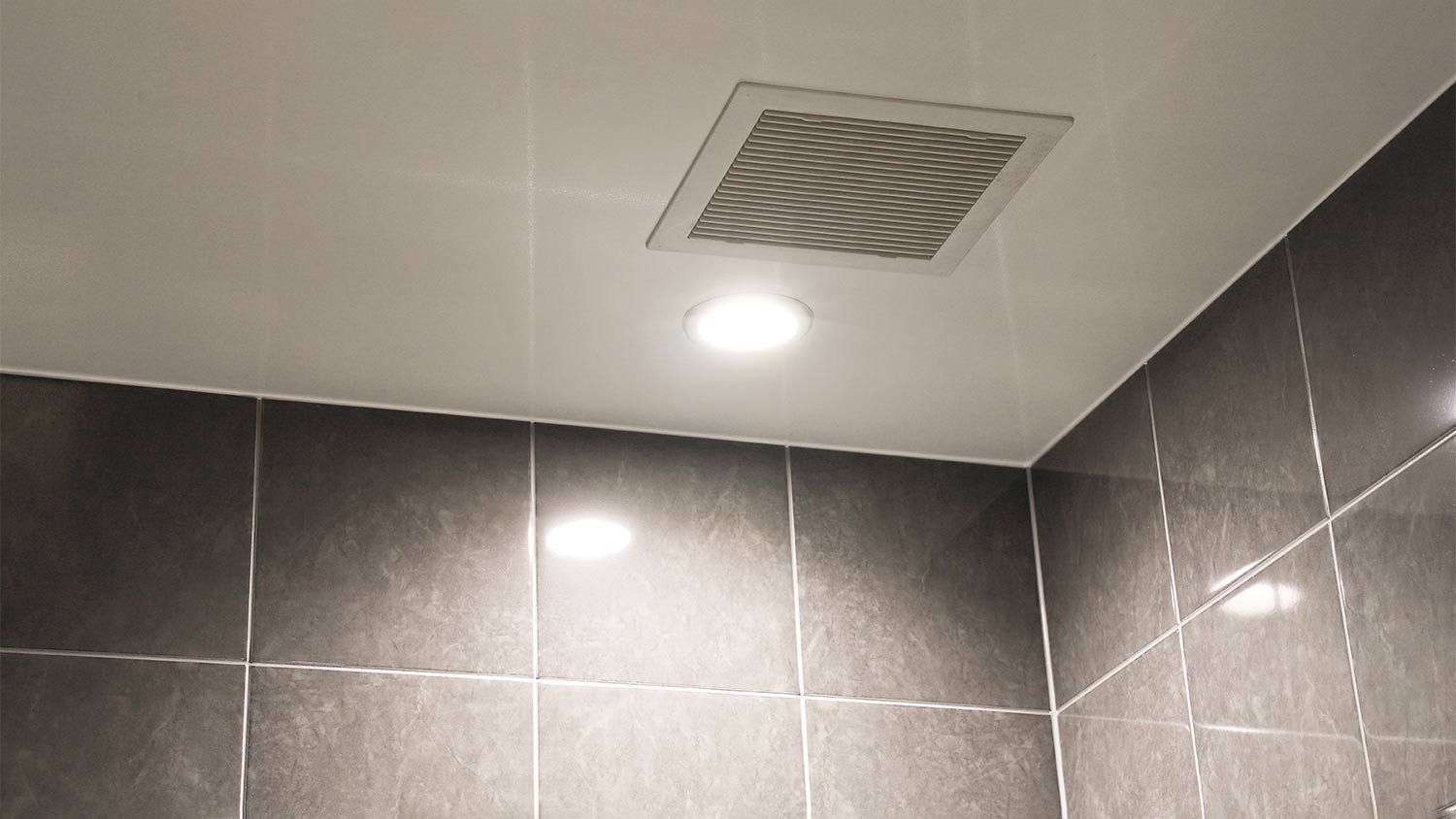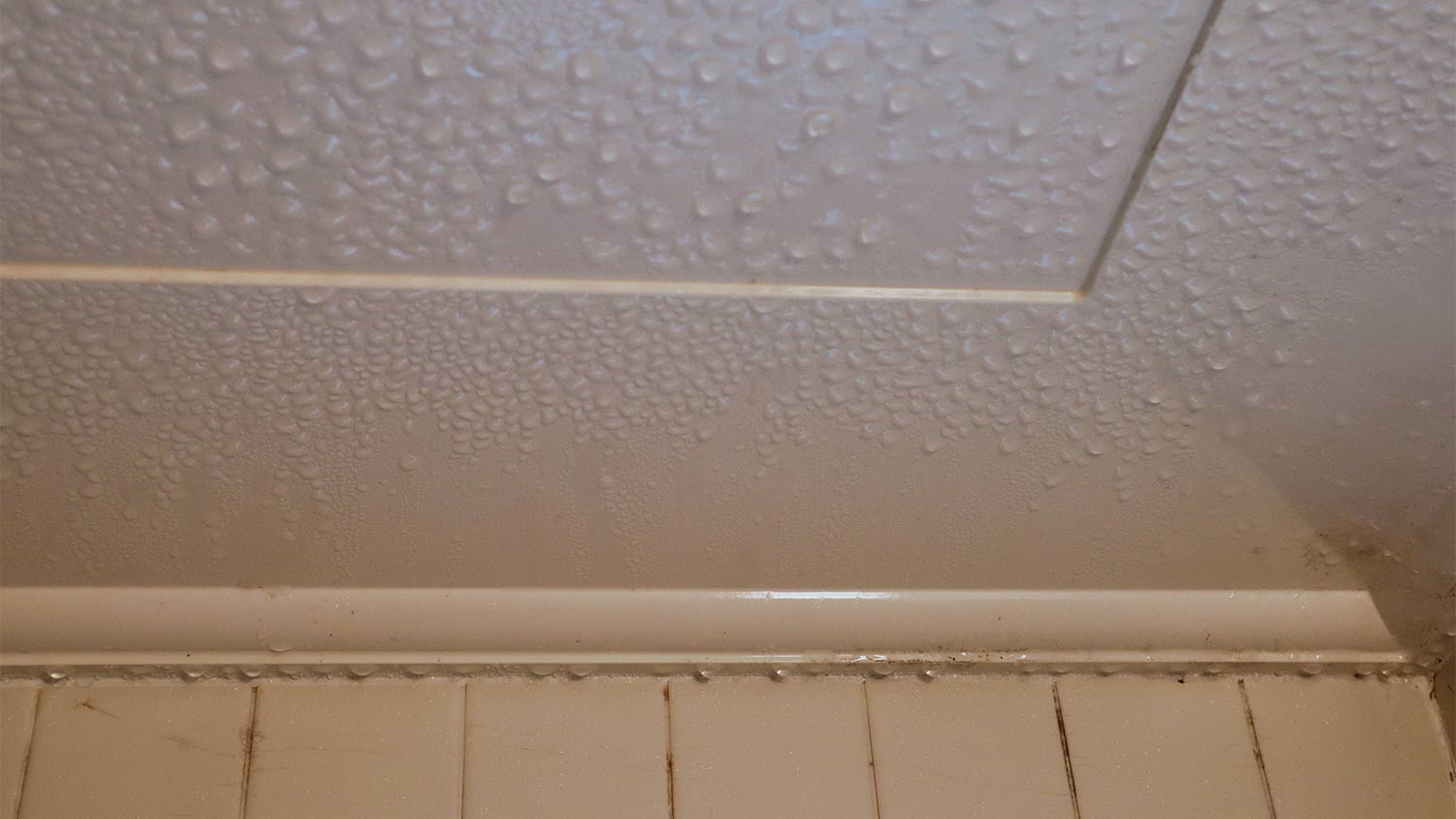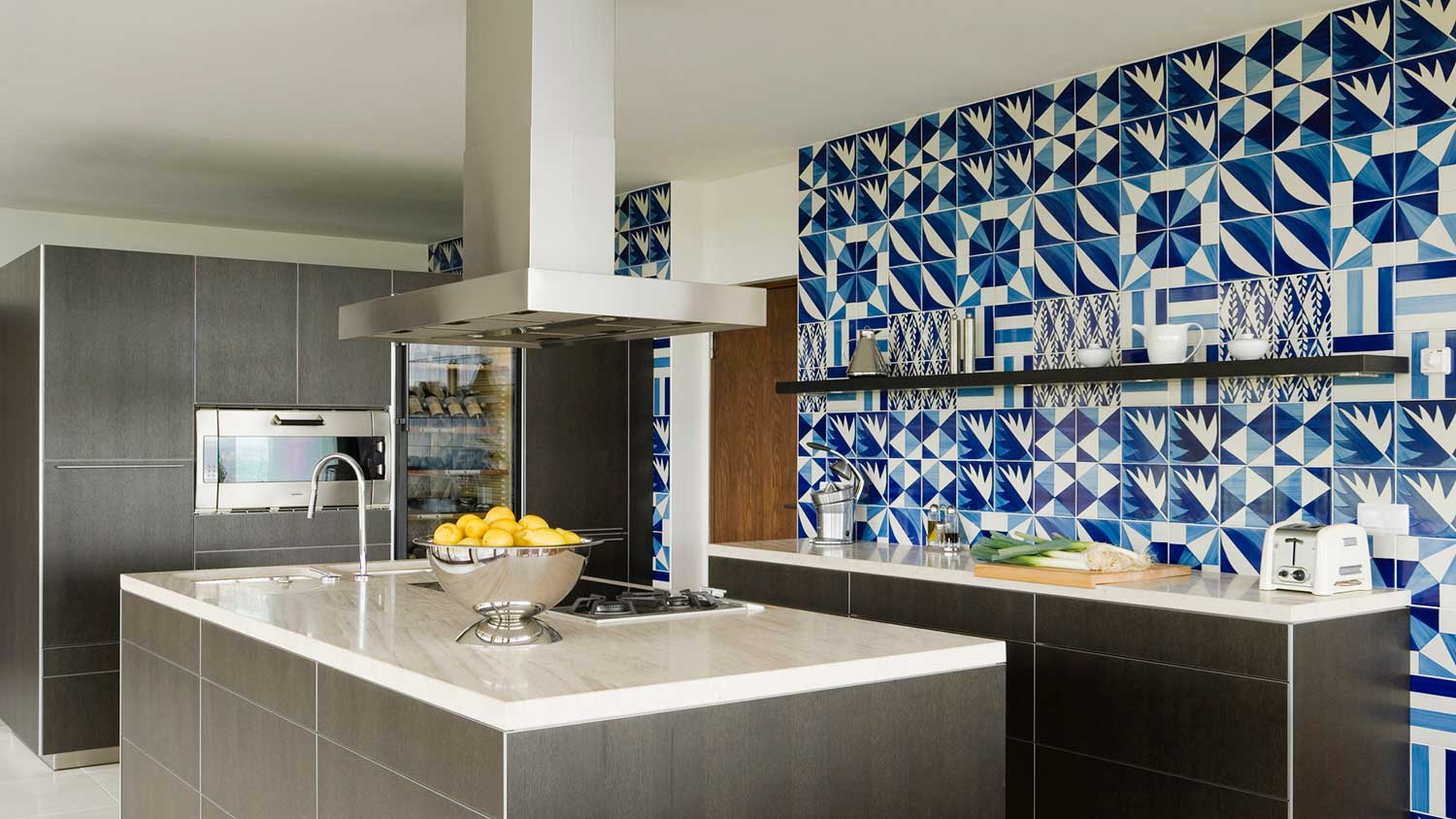
Skim coating drywall is a great alternative to replacement, and is often more affordable. Use this guide to estimate the cost to skim coat walls in your home.
Dampness is not delightful


Cold and wet walls may be a sign of a larger issue.
Running a fan can help reduce condensation in the bathroom or kitchen.
Call a pro if you suspect a water leak.
A cold and wet wall is the result of excessive moisture either seeping in from the exterior of the home or forming as a result of humidity inside the home. Either way, it’s important to get to the root cause of why the wall feels cold and wet so you can remedy the situation before mold and mildew start to grow. Here are three common reasons why your wall feels cold and wet and how to resolve the issue.

When walls feel cold and wet, it’s likely because condensation formed as a result of a temperature difference between the inside and outside or because of excess indoor humidity. This is especially likely to happen in the kitchen and bathroom where heat and moisture commonly form.
Proper ventilation and a dehumidifier can help lower your home’s humidity and prevent condensation. Running the bathroom fan when the shower is on and the stove vent while cooking can help reduce the humidity by pulling the hot air out of the room.
When water is present behind the wall, it can cause condensation on the interior side. This condensation makes the wall feel cold and wet. These types of leaks can also lead to other, more serious issues, like mold and mildew growth and cracks in the wall. Another reason for a water leak could be a leaking or burst plumbing pipe.
Identifying and repairing leaks will likely be a job for a drywall repair pro, plumber, or general contractor, depending on where the leak is coming from. While you can do your due diligence to find a leak in your home and determine whether it’s from a crack in the exterior wall or roof or because of a plumbing leak, you’ll need to call in a plumber or contractor to explore repair options.
Insulation not only helps keep a home warm, but it also acts as a barrier to reduce temperature fluctuations between the interior and exterior walls. When insulation is poorly installed or has sagged, thermal bridging occurs. When it’s colder outside than inside, this lack of insulation can allow condensation to form on the interior wall, making it feel cold and wet.
Adding insulation to existing walls is possible, and it can help protect your walls from condensation. A local drywall repair pro can install insulation without tearing out all of the drywall by injecting foam insulation or blow-in insulation. If you’re doing a larger remodeling job and removing the drywall, they can also add continuous insulation that will run between the studs and the drywall, which can also reduce interior condensation.

A wet and cold wall is a sign that there could be a leak behind the wall, either from the plumbing or from a crack in the exterior wall. Besides the wall being cold and wet, other signs of a leak include discoloration, mold or mildew growth, cracks, wet spots, and peeling paint or wallpaper.
When you notice that your wall feels cold and wet, call a pro immediately. Wall and roof leaks, if not addressed quickly, can lead to a host of problems for the interior and exterior of your home. If the issue is a result of a plumbing leak or from water entering from a leak in the exterior, it can cause mold growth, cracks, discoloration, sagging drywall, and more issues that will continue to get worse as long as the water is allowed to enter unchecked. Do your best to identify where the issue is, so you can direct the contractor or plumber to the right area, but fixing the issue is likely beyond basic DIY skills. Hiring a pro is the best course of action if you suspect a leak.
From average costs to expert advice, get all the answers you need to get your job done.

Skim coating drywall is a great alternative to replacement, and is often more affordable. Use this guide to estimate the cost to skim coat walls in your home.

Installing drywall is the most common way to finish your home’s interior. Use this drywall installation cost guide to see what your project is likely to cost.

Whether you’re trying to keep noise in or out, soundproofing materials are the way to go. Use this guide to see how much it costs to soundproof a room.

Every last detail of a home project must be considered for a quality finish, including drywall. Learn which types of drywall tape could be your best option.

Looking to secure your drywall? Find out the pros, cons, and key differences between coarse versus fine drywall screws with this guide.

Cement backer board provides a solid surface for tiles. This guide on how to cut cement board should make your tiling project easier and faster.